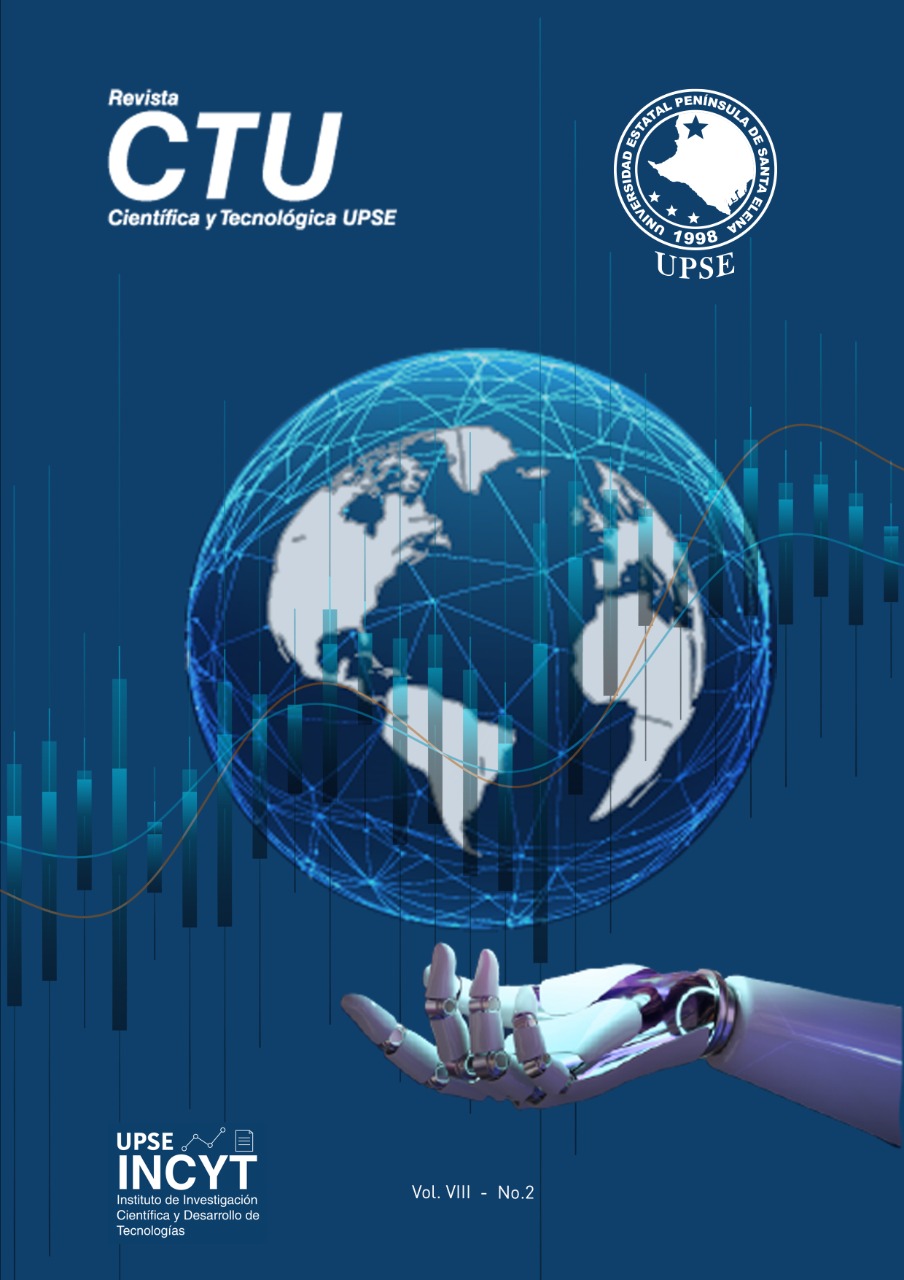Sustentabilidad de los sistemas de producción de arroz situados dentro del sistema de riego y drenaje Babahoyo, Ecuador
DOI:
https://doi.org/10.26423/rctu.v8i2.522Palabras clave:
Indicadores, análisis multicriterio, sustentabilidadResumen
Se realizó una investigación en el cantón Babahoyo, sector CEDEGE provincia de Los Ríos, con el objetivo de establecer los valores de los indicadores ambientales, económicos y sociales, que determinan los niveles de sustentabilidad en el sistema de producción de arroz bajo riego. Se evaluaron los aspectos físicos de los suelos, la cobertura de malezas, la interferencia de las malezas con el cultivo y la actividad herbicida a los 25 días después de la aplicación (dda). Para el análisis de la sustentabilidad del sistema productivo de arroz, se trabajó con una población de 5,133 UPAs (Unidad de Producción Agropecuaria), de la que se extrajo una muestra (n=94). Para el análisis multicriterio se identificaron tres indicadores y ocho subindicadores para medir la sustentabilidad económica; cuatro indicadores y diez subindicadores para medir la sustentabilidad ambiental y cinco indicadores con seis subindicadores para la dimensión social. El análisis de las dimensiones económicas, ecológicas y socioculturales resultó en un Índice de Sustentabilidad General de 1.76, por lo cual se considera no sustentable. Los productores de CEDEGE, alcanzaron el valor umbral de 2.4 solo en la dimensión sociocultural. En la dimensión económica y ecológica, se identificaron algunas causas de la baja sustentabilidad, tales como la poca diversificación para la venta, pocas vías de comercialización, falta de fuentes de financiamiento, manejo de cobertura vegetal e interferencia de las malezas.
Descargas
Publicado
Número
Sección
Licencia
El titular de los derechos de autor de la obra, otorga derechos de uso a los lectores mediante la licencia Creative Commons Atribución-NoComercial-CompartirIgual 4.0 Internacional. Esto permite el acceso gratuito inmediato a la obra y permite a cualquier usuario leer, descargar, copiar, distribuir, imprimir, buscar o vincular a los textos completos de los artículos, rastrearlos para su indexación, pasarlos como datos al software o usarlos para cualquier otro propósito legal.
Cuando la obra es aprobada y aceptada para su publicación, los autores conservan los derechos de autor sin restricciones, cediendo únicamente los derechos de reproducción, distribución para su explotación en formato de papel, así como en cualquier otro soporte magnético, óptico y digital.












